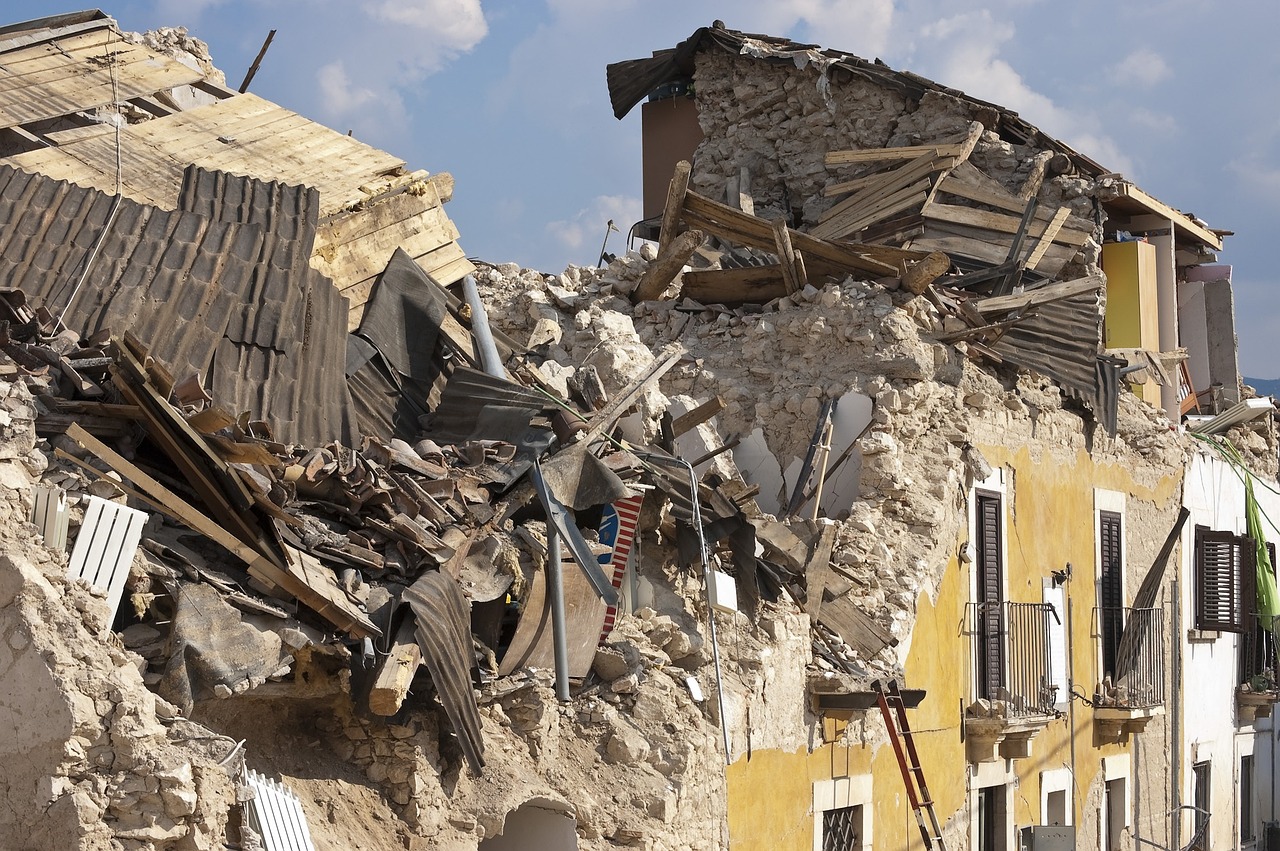
The ground beneath our feet is not as solid as it seems. Every now and then, it shivers, shakes, and unleashes the raw power of the Earth in the form of earthquakes. These violent tremors, capable of toppling buildings and twisting landscapes, have fascinated and terrified humanity for millennia. But what causes these earth-shattering events? Let's delve into the science behind earthquakes and understand the forces that make the ground dance.
A Plate Tectonic Tango:
Our planet's outer shell is not one unified piece, but a patchwork quilt of tectonic plates. These colossal slabs of rock constantly grind, drift, and collide against each other like tectonic waltzing partners. Along their edges, friction builds up like tension in a stretched rubber band. When this tension overcomes the rock's strength, the plates suddenly snap, releasing pent-up energy in the form of shockwaves – an earthquake.
The Anatomy of an Earthquake:
The point where the plates rupture is called the hypocenter. It's deep within the Earth, often tens of kilometers below the surface. The point directly above it on the surface, where the energy first reaches, is called the epicenter. From the epicenter, seismic waves radiate outwards, like ripples from a pebble dropped in a pond, causing the ground to shake.
Types of Seismic Waves:
There are two main types of seismic waves:
Measuring the Tremors:
Earthquakes are measured in two ways:
Living with Earthquakes:
Earthquakes are an inevitable consequence of our planet's dynamic geology. While we can't prevent them, we can learn to predict and mitigate their impact. Earthquake-resistant architecture, early warning systems, and public education plays a crucial role in saving lives and minimizing damage.
The Earth is a living planet, and earthquakes are a reminder of its hidden forces. By understanding the science behind them, we can learn to respect its power, prepare for the inevitable tremors, and build resilient communities that can weather the Earth's rumbles.
Your email address will not be published. Required fields are marked *